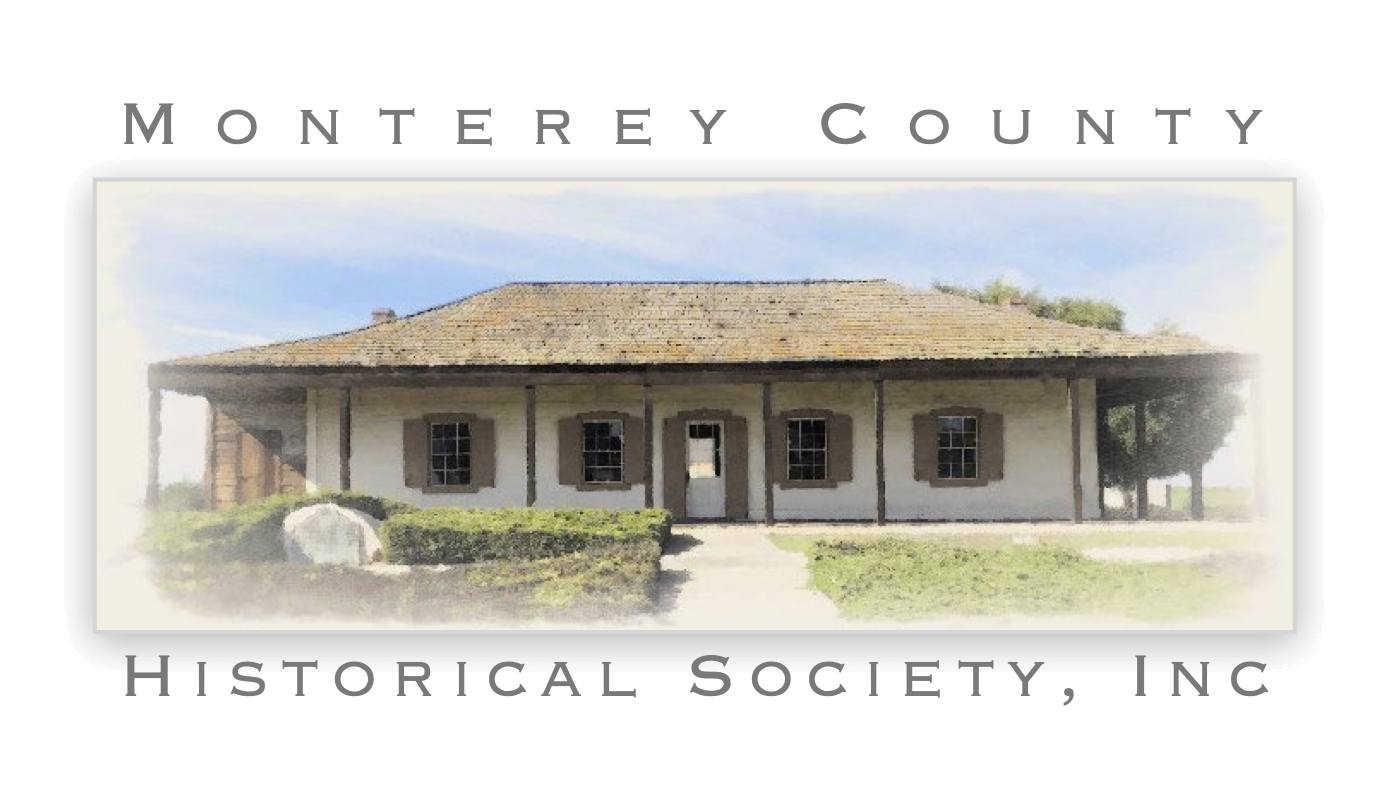Old fishermans wharf, center of Monterey’s colorful waterfront activities, has had a long and varied history. A rocky tongue of land to the north of the Custom House was used by Thomas O. Larkin as the approach to a wharf of rock-filled cribwork. This was completed in 1846.
The present wharf had its beginnings more than a half century ago when it was built by a shipping company whose steam schooners plied up and down the California coast used to puff into the bay about twice a week bringing in cargoes of merchandise for the general stores of Alvarado street. For the return trip they would pick up cargoes of lumber, tanbark, canned fish and sometimes such exotic wares as dried squid for the China trade. Once they hauled up to the Hearst estate in San Simeon a load of wild elk that had been rounded up on 17-Mile Drive.
The steamship company eventually succumbed to the competition of modern transportation and the City of Monterey took over the wharf. When the fishing industry developed, the old wharf became the headquarters for the wholesale fish shippers and the sardine fishing fleet. During the heyday of commercial fishing several hundred market fisherman brought in daily catch of salmon, albacore, mackerel, rockfish, ling cod, squid and other varieties from the blue waters of Monterey Bay. On the wharf crews of husky fish butchers prepared the catch for shipment to retail outlets and restaurants all over the west coast.
One of the most unusual and interesting operations was the preparation of the abalone catch, which was delivered by crews of deep sea divers who practiced their hazardous trade in the waters off the coast south of Monterey. It was at fishermans wharf in Monterey that the secret of preparing this seafood delicacy was discovered and developed. After the huge shellfish had been cleaned and the editable meat was sliced by a machine, the rubbery stuff was turned over to skillful women workers who pounded it with wooden mallets. This softened the tough fibers and gave the resultant abalone steak its melting tenderness. On the days when the doorway along the wharf, and the seagulls and wharf cats had a field day retrieving the scraps.
Now most of the commercial fishing activity has been transferred to the city’s new municipal wharf. But the old wharf is far from dead. In fact with the advent of visitor and vacationists, this venerable old pile of timber has gained new color and interest. The sports fishermen still carry on the tradition which gave the wharf its name. The wharf now has an art gallery, handcraft shops, and the unique Wharf Theater. Now instead of a Sicilian in fisherman’s boots with his inevitable Toscani cigar and a bucket of fish for his midday chioppino, you’re likely to meet an artist with his easel, a movieland character in Hollywood sports clothes, or a San Francisco dramatic critic. So enjoy Fishermans Wharf in Monterey and try some clam chowder–it is superb.


